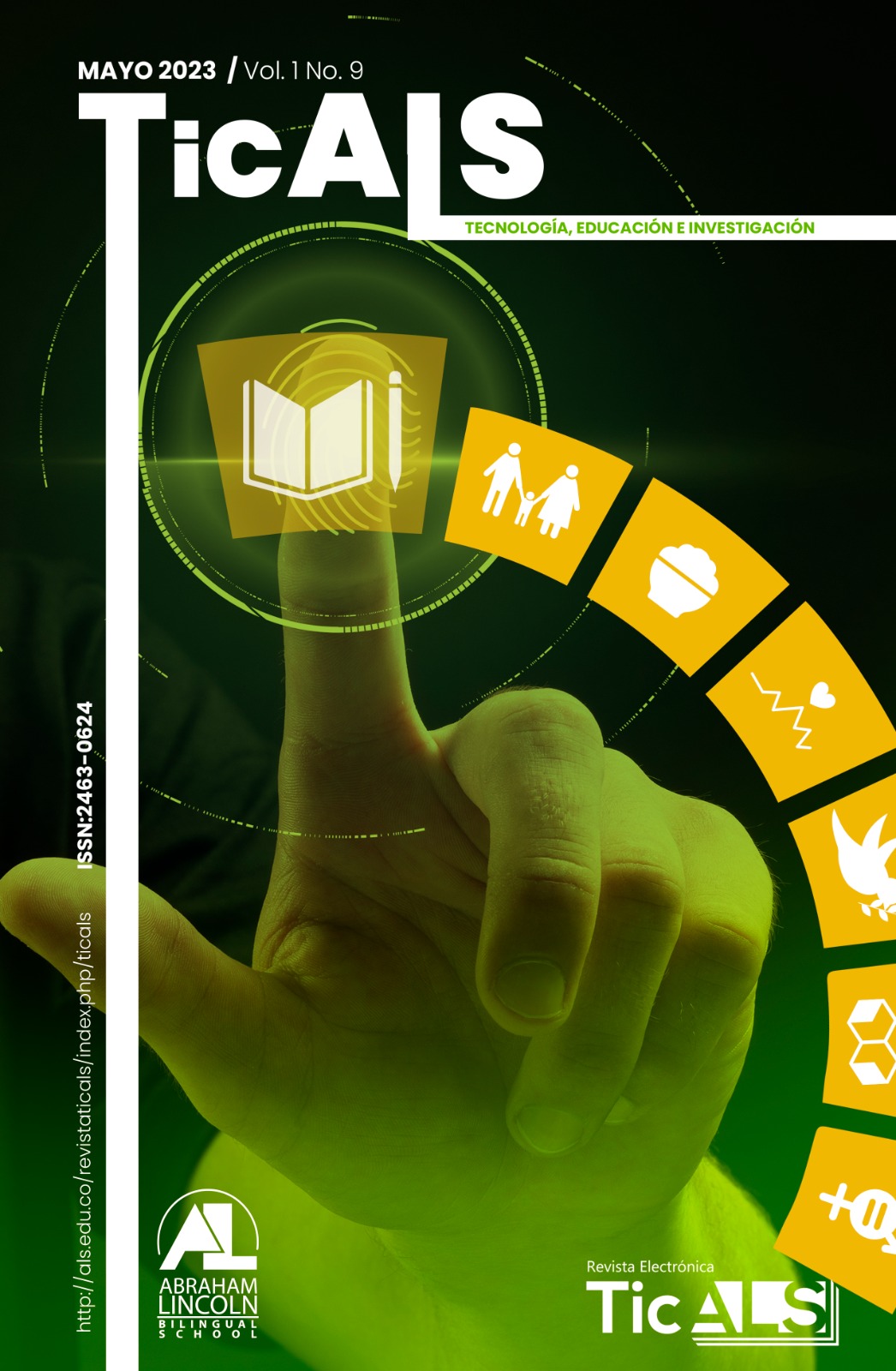Abstract
This paper wants to show the experience when considering the use of a virtual learning environment (VLE) as a setting for the incorporation of educational resources that allows eighth grade students advance in the understanding of the concept of linear functions as a model of constant variation phenomena. It makes emphasis on the use of simulators and problem situations as educational resources to strengthen student's knowledge. The experience was developed with eighth grade students from El Nogal IED school in Bogotá. A review of the literature was made in two references, the first, of the mental actions of covariational reasoning by Carlson et al. (2003), in which there are five levels associated with each mental action (coordination, direction, quantitative coordination, average rate and instantaneous rate of change). The second referent, related to Duval's (1999) representation systems, which states that all mathematical activity needs to be mobilized by representation systems in such a way that this helps in the mental processes of students about mathematical knowledge.
In the virtual environment, a didactic sequence was proposed in which a series of simulators were used that allowed students from the perspective of problem solving to manipulate elements of reality to approach the mathematical object of knowledge.
Keywords: interactivity, linear function, problem situations, educational resources.
References
aplicado a la modelación de eventos dinámicos: Un marco conceptual y un estudio. Revista Ema, 8(2), 121-156. Recuperado de: http://funes.uniandes.edu.co/1520/
-Diaz, J. (2017). Importancia de la simulación Phet en la enseñanza y el aprendizaje de
fracciones equivalentes. Revista Educación y Desarrollo Social, 11(1), 48-63. DOI: Recuperado de: org/10.18359/reds.2011
-Ministerio de Educación Nacional, (2006). Estándares Básicos de Competencias en Matemáticas.
Recuperado de: https://www.mineducacion.gov.co/1621/articles-116042_archivo_pdf2.pdf
-Múnera, J. (2011). Una estrategia didáctica para las matemáticas escolares desde el
enfoque de situaciones problema. Revista educación y pedagogía. 23(59),179-193. Recuperado de: http://200.24.17.68:8080/jspui/handle/123456789/3107
-Posada, F. y Villa, J. (2006). Propuesta didáctica de aproximación al concepto de
función lineal desde una perspectiva variacional (Tesis de maestría) Recuperado de http://ayura.udea.edu.co:8080/jspui/handle/123456789/1380
-Salinas, M. (2011). Entornos virtuales de aprendizaje en la escuela: tipos, modelo
didáctico y rol del docente. La escuela necesaria en tiempos de cambio. Adaptación semana de la educación 2011. Universidad Católica de Argentina, Recuperado de: https://n9.cl/zuqb

